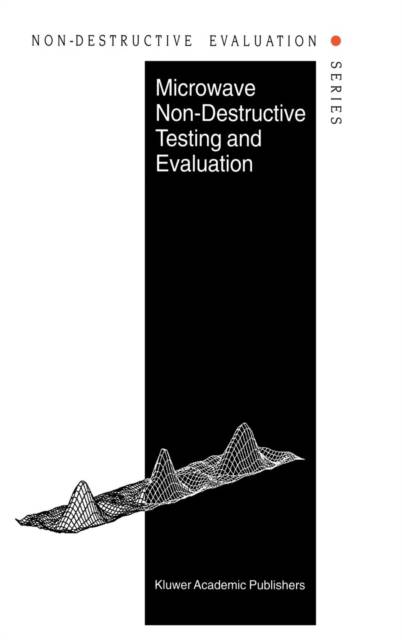
- Retrait gratuit dans votre magasin Club
- 7.000.000 titres dans notre catalogue
- Payer en toute sécurité
- Toujours un magasin près de chez vous
- Retrait gratuit dans votre magasin Club
- 7.000.000 titres dans notre catalogue
- Payer en toute sécurité
- Toujours un magasin près de chez vous
Description
Microwave and millimeter-wave non-destructive testing and evaluation (NDT&E) is generally understood to mean using high-frequency electromagnetic energy to inspect and characterize materials and structures. In spite of possessing some distinct advantages in certain applications to other NDT&E techniques, microwave NDT&E has only found compared limited practical application during the past 45 years. These advantages include lack of a need for contact between the sensor and the object being inspected, the ability to penetrate dielectric materials, and superior sensitivity to certain material constituents and flaws. One factor contributing to this minimal acceptance by the NDT &E community has been a generally poor understanding in this community of the theory and practice that underlie the technology. This situation exists partly because of a paucity of microwave NDT&E textbook and reference material. Some chapters, reviews, and books aimed at filling this need have been published in the past but, for the most part, this material is based on the use of older microwave technology. However, during the past ten years great strides have been made in ternlS of the cost, size, and ease of use of microwave components. In addition, recent advances in modeling and measurement techniques have expanded the range of applications for microwave NDT&E. Such applications include inspecting modern materials such as composites, detecting and characterizing surface flaws, and evaluating the compressive strength of cement structures. These advances have created an urgent need for up-to-date textbook material on this subject.
Spécifications
Parties prenantes
- Auteur(s) :
- Editeur:
Contenu
- Nombre de pages :
- 263
- Langue:
- Anglais
- Collection :
- Tome:
- n° 4
Caractéristiques
- EAN:
- 9780412625008
- Date de parution :
- 29-02-00
- Format:
- Livre relié
- Format numérique:
- Genaaid
- Dimensions :
- 165 mm x 248 mm
- Poids :
- 671 g







